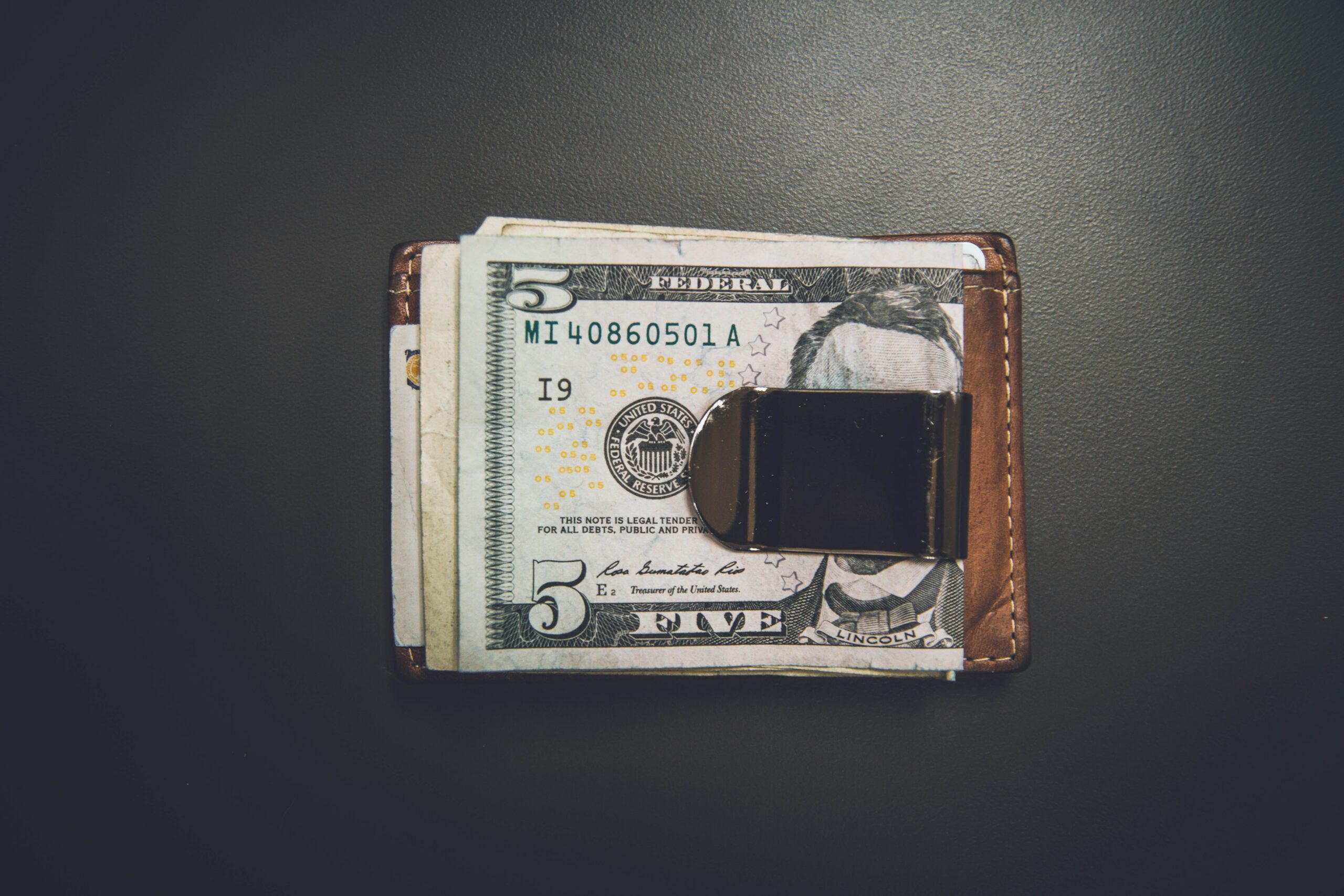We all know at least one person who is seemingly bad with money. They’re always borrowing from you, always late on their bills, and always seem to be in a bad mood. You may have even wondered how they manage to stay afloat financially. The answer? Likely, they’re not. This person is likely living in the shadows of the credit system, using tricks and techniques to get by without having a good credit score. And that’s not good for them – or for anyone else in the economy. We can help these people build healthy credit so they can participate more fully in our economy. It’s not going to be easy, but it’s definitely worth it and here’s why:
What are the challenges faced by underbanked consumers and why is it important to bring them into the mainstream economy?
For many people, having a bank account is something that is taken for granted. However, there are still millions of Americans who are considered “underbanked,” meaning they don’t have a traditional banking relationship and often rely on alternative financial services like check cashing or payday loans. There are a number of reasons why someone might be underbanked, including a lack of access to traditional financial institutions, mistrust of the banking system, or simply not having enough money to meet the minimum balance requirements. Whatever the reason, being underbanked can have a significant impact on a person’s financial stability.
Without a regular bank account, underbanked consumers are often forced to pay high fees for basic financial services. For example, they may have to pay to cash their paycheck or take out a loan with sky-high interest rates. This can quickly spiral into a cycle of debt that is difficult to break free from. In addition, underbanked consumers may find it more difficult to build credit or save for the future.

How can financial institutions attract and serve this population profitably and responsibly?
There are a number of initiatives underway to help bring underbanked consumers into the mainstream economy. For example, some financial institutions are offering “second chance” checking accounts for people with bad credit. In addition, there are a number of non-profit organizations that offer free or low-cost financial counseling and education. By bringing underbanked
consumers into the mainstream economy, we can help them build a foundation for a more financially stable future.
There are many banks that have begun to offer checkless banking options for underserved consumers. These accounts come with low minimums, transparent pricing and limited or no overdraft policies so you can enjoy your money without worrying about taking out a loan every time there’s an expense! Some even embrace Financial Technology in order create platforms which help customers manage their day-to-day finances while guiding them on how they might improve upon some areas of financial healthiness like budgeting practices.
What are some of the unique needs of underbanked consumers, and how can they be addressed without creating a burden for banks or other service providers?
Some of the unique needs of underbanked consumers include access to basic financial services, education on how to use those services responsibly, and support in building credit and saving for the future. Financial institutions can address these needs by offering innovative products and services that are tailored to the specific needs of underbanked consumers. For example, some banks offer second-chance checking accounts that help people with bad credit rebuild their history. In addition, there are a number of non-profit organizations that offer free or low-cost financial counseling and education. By working together, we can help bring underbanked consumers into the mainstream economy and give them the tools they need to succeed.

How can targeting the underbanked be a benefit for your bank and the economy?
There are a number of benefits to targeting the underbanked population. To start, it can help your bank build relationships with a group of consumers that may be underserved by traditional financial institutions. In addition, offering products and services that meet the unique needs of underbanked consumers can help your bank stand out from the competition. Finally, by helping underbanked consumers build credit and save for the future, you can create loyal customers who will stick with your bank for years to come.
Serving the underbanked population is good for the economy for a number of reasons. First, it helps to expand the customer base for financial institutions. Second, it can help to increase competition in the marketplace and drive down
prices for consumers. Moreover, it can also help to increase financial inclusion and reduce inequality and help to stimulate economic growth by providing access to capital for businesses and entrepreneurs. Ultimately, serving the underbanked population is good for the economy because it helps to create a level playing field where everyone has a fair chance to succeed.
What is alternative data and how does it help the underbanked population?
While this population has historically been hard to identify using traditional credit reports due to their lack of credit activity, modern data assets are available to help financial institutions acquire profitable, low risk customers that otherwise wouldn’t show up on the credit file. Alternative data is a non-traditional credit database that consist of products not typically reported to the consumer credit file such as: installment loans, lease-to-own/rent-to-own agreements, payday loans, cash advances and other short-term loans. This information helps financial institutions identify a new segment of consumers while simultaneously mitigating additional risk. By using a combination of data sources, financial institutions can develop a targeted approach to reaching underbanked consumers.
Bottom Line
Financial institutions can attract and serve the underbanked population profitably and responsibly by addressing some of the unique needs of underbanked consumers and tailoring solutions to meet those needs. Bringing the underbanked population into the mainstream economy is going to benefit both the consumer and the bank.

